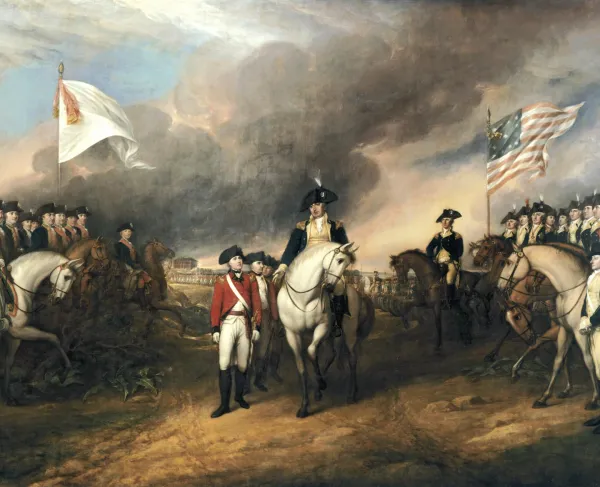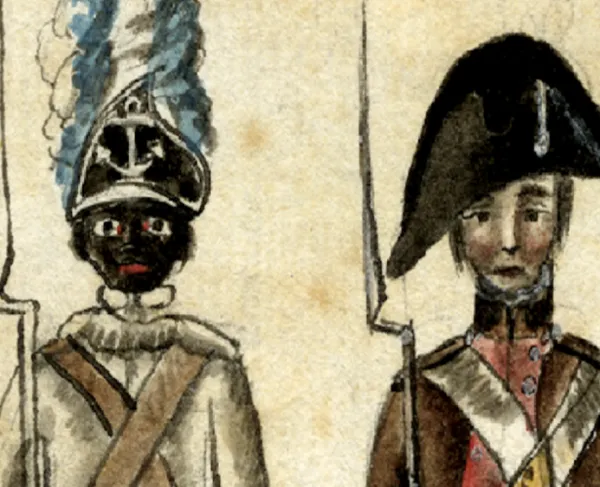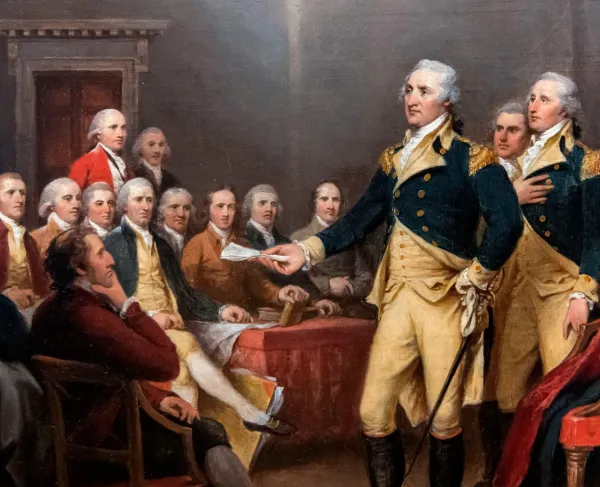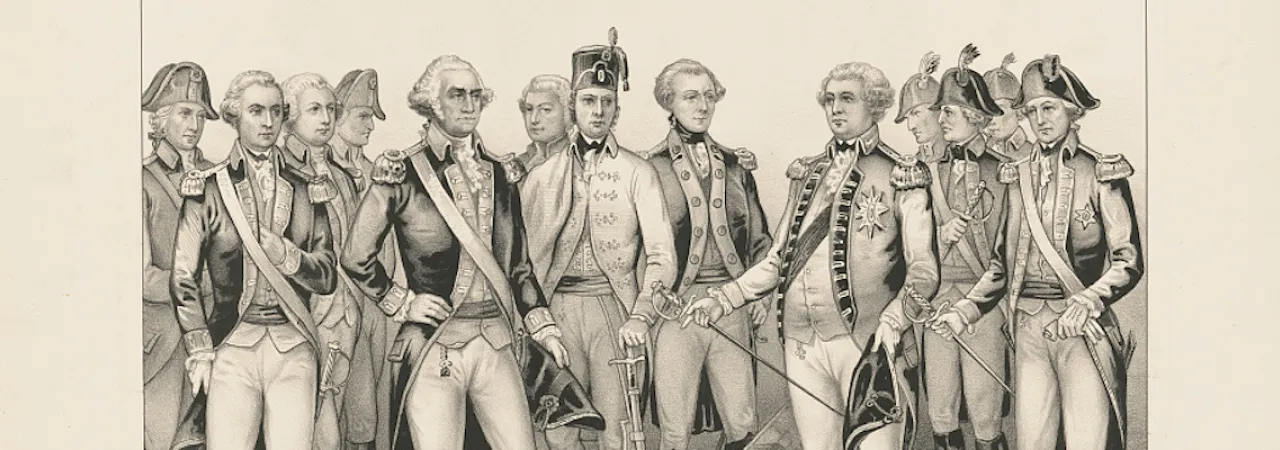
Though sometimes undervalued in wider cultural memory, almost every historian of the American Revolution acknowledges that without aid and intervention from the Kingdom of France in the conflict, independence from Great Britain was a pipe dream. The question of why France chose to ally with the colonial uprising, however, is not always so obvious. In terms of politics, shared history, and values, etc., there was not much the infamously extravagant, intensely Catholic, and thoroughly aristocratic French Monarchy had in common with a collection of small, rural, mostly Protestant commonwealths that could make the former more sympathetic to the cause of the latter. American diplomat Benjamin Franklin effectively played on French perceptions of the British colonies as quaint rustic backwaters effectively during his time in Paris, but charm alone could hardly convince King Louis XVI and his ministers to spend around 1.3 billion livres and bankrupt the entire kingdom. Centuries-old rivalries and a humiliating defeat at the hands of Britain a decade earlier aside, King Louis initially turned away from his grandfather’s covert, revanchist policies upon his ascension to the throne in 1774. The possibility that the uprisings could spread across the Americas to challenge other colonial powers, including France and her ally, Spain, also posed a serious conundrum to consider, and of course, the colonists needed to present a proven record of martial success, to prevent France from throwing away its money and manpower for no gain. Much has been made of the career of the Marquis de Lafayette, but Lafayette was a volunteer in the Continental Army, not France’s, and his burgeoning democratic attitudes placed him significantly out of step with the Court. Let’s explore this matter further by examining how French foreign policy developed up to the late 18th century, as well as what the French Court saw in the Americans that helped perceive them as worthwhile allies.
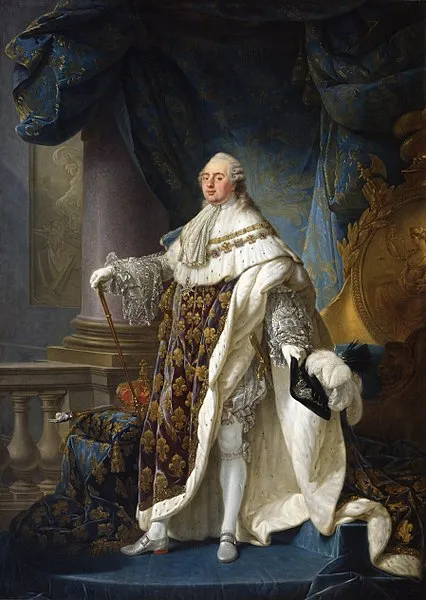
The development of France’s foreign policy just so happens to coincide its internal development from a feudal kingdom into the modern, bureaucratic, and absolutist state the American commissioners to France dealt with. While likely better known as the sly, duplicitous politician in Alexandre Dumas’ beloved adventure novel, The Three Musketeers, Cardinal Richelieu, the First Minister of State under King Louis XIII, played a central role in that development during one of the most violent upheavals in European history. France’s other great European rival, the Habsburg Dynasty that controlled the thrones of both Spain and the Holy Roman Empire, both were mired in the Dutch War of Independence and the Thirty Years War, respectively, both of which were efforts bring nascent Protestant states under their dominion. As the servant of a fellow Catholic state, and as a high-ranking clergyman no less, many in the Church argued that it was Richelieu’s duty to advise the king to aid the Habsburgs, but Richelieu pushed back on this. Allowing the Habsburgs to strengthen their positions on both the western and eastern borders could spell disaster for French security and state interests, and so after remaining neutral for years while building up the army, Richelieu had France enter the war on behalf of the Protestant powers.
Richelieu’s decision to oppose the Habsburgs, despite their shared Catholic faith, is often credited as one of the first steps towards secularization, but contemporary writing does not seem to support that. Although appearing to be merely a game of realpolitik, he justified his actions upon a strong ideological belief in a kind of French exceptionalism, which used France’s history of imperial prestige as the political heirs of Charlemagne and Christian piety as the descendants of Saint Louis to draw two conclusions: one being that French hegemony over European affairs fell in line with the natural order, and two being that God had imbued the French monarchy with its own kind of spiritual authority that not even the Pope could overrule, and overcoming this check on monarchical power was a major development in the practice of Absolute Monarchy. The theological side of this argument, called Gallicanism, continued to acknowledge the Pope as the Vicar of Christ and head of the Catholic Church, but within France itself, the king and king alone had the power to conduct statecraft, and any concerns about treason against the Church could be waved away so long as they also served the interests of France, including alliances with Protestants against other Catholics. The ideological foundation Richelieu laid continued to guide French kings and their ministers well into the next century, though without his administrative competence, that sense of exceptionalism often bordered on arrogance.
A good example of that is how French exceptionalism affected their view of the rebelling colonials that came begging for an alliance. Agents of the French court as early as 1764 had scouted the British colonies as a possible means to foster rebellion and weaken Britain, and an independent America brought the possibility of regaining trade opportunities in North America lost since the annexation of Quebec. When the armed conflict began, however, the French held off from intervening too hastily and too openly, due to their many reservations about the strength of colonial forces, many of which lacked proper equipment like standardized weaponry, artillery, gunpowder, even proper footwear. Furthermore, King Louis and the Comte de Vergennes, his Minister of Foreign Affairs, did not consider Britain to be so overwhelming an adversary that the American rebellion required absolute attention; in 1774, he considered the ascension of his cousin to the Polish throne a far more pressing issue than unrest in the New World. The American diplomats knew they need a far stronger sales pitch to secure direct intervention from France and Spain, now ruled by a branch of the Bourbon Dynasty and thus French allies, and so worked first to supply shipments of military goods and equipment to the beleaguered Continental Army, smuggled to the colonies through private individuals. Only when American forces proved able to go toe to toe with the British Army, thanks in part to this covert support, did the court of King Louis decide to sign the 1778 Treaty of Alliance and openly intervene against Britain. From that point forward, however, the conflict ceased to be a purely American war in France’s eyes.

Though thoroughly humbled in the Seven Years War, France in the 1770s was, like Britain, a global power with a colonial and military presence across multiple continents, backed by a powerful army and a respectable navy that, though outnumbered by the British, was nonetheless staffed by several talented commanders and could realistically threaten many key strategic targets around the globe. Chief among them was Gibraltar, a rocky, heavily fortified outcrop on the southern tip of the Iberian peninsula that controlled the only passageway between the Mediterranean and the Atlantic. British forces had occupied and annexed it decades prior in the War of Spanish Succession, and unlike France which sought mostly to restore its European hegemony, Spain eagerly worked to reclaim the various territories it had lost to Britain over the years. Beginning in the June of 1779 and continuing until February 1783, the Great Siege of Gibraltar was an enormous Franco-Spanish effort to retake the outpost and either reclaim it from Britain or use as a bargaining chip in return for other colonial possessions. It was among the longest continuous sieges in military history, certainly the longest ever withstood by British forces, and the grand assault on the fortress in September of 1782 was the single largest engagement anywhere in the war. Elsewhere in the world, the French navy prowled the Caribbean, capturing several important sugar islands, and later, under a particularly able admiral named Pierre André de Suffren or “Admiral Satan” to the British, sailed to the Indian Ocean where they attacked British forces along the coasts of modern-day Tamil Nadu and Sri Lanka. Curiously, one of the men serving under Suffren was a young marine sergeant named Jean Bernadotte, who later rose to spectacular heights as a Marshal of the Empire under Napoleon as well as King of Sweden. Suffren bolstered his forces by allying with several prominent Indian princely states, chief among them long-time British foe Hyder Ali of Mysore and his son and successor Tipu Sultan. Together, French and Mysorean forces fought some of the last battles of the entire conflict until learning of the Treaty of Paris in February of 1783. France even made moves to invade Great Britain itself by landing two thousand men on the channel island of Jersey on January 6th, 1781. Over two hundred men lost their lives in the fighting, including the commanding officers of both sides, but ultimately, the British carried the day and French forces did not make another attempt to invade England. Lastly, of course, there was the North American theater, in which French forces on both land and water played a critical role in trapping Cornwallis at Yorktown in the Battle of the Chesapeake, as well as forcing his surrender at the final siege of there. It should be noted, however, that even here, where the war started, the French saw the Americans as junior partners. Contrasting with the famous John Trumbull painting of the Surrender of Lord Cornwallis depicting the two armies as true allies, later French versions of the event, such as the paintings of Louis-Nicolas van Blarenberghe, barely depict the Americans at all, but if relegation to second fiddle in their own war bothered Continental Army or Congress leaders, they never really let it show. After all, any British troops occupied with matters halfway around the world made American independence all the more secure.
What gains did France make after signing their own peace with Britain, when all was said and done? On the surface, they seemed quite meager compared to the Americans’ total victory. Spain won back Florida and the Mediterranean island of Minorca, but the British had managed to hold on to Gibraltar as they do today. France meanwhile took several new colonies in the Caribbean and the west coast of Africa, vital for both sugar production and the slave trade, but Suffren’s Indian campaign, while tactically brilliant at times, proved strategically indecisive. The new trading relationship with the now-independent United States did not pan out the way Vergennes had hoped as well. Even after fighting a war, the Americans still favored Britain as their chief trading partner. None too bothered about this, Vergennes simply stated, “We never based our policy towards the United States upon their gratitude,” and went to work preventing a war between Russia and the Ottoman Empire. He and the King could rest easy and be content with the thorough humbling they had dealt with their chief rival, for a few short years at least, until the enormous cost of said humbling helped plunge France into a revolution that killed the King and his wife and then a decades-long war that ironically left Great Britain a stronger global power than ever before. Yet whatever ulterior motives France had in intervening, the American memory of an alliance between these strange bedfellows, ahistorical though it is, took on a life of its own, guiding American actions through some of the darkest moments in France’s history.
Further Reading
- The Long Fuse: How England Lost the American Colonies, 1760-1785 By: Don Cook
- The French Campaigns in the American Revolution, 1780-1783: The Diary of Count of Lauberdière, General Rochambeau’s Nephew and Aide-de-camp By: Norman Desmarais
- Brothers at Arms: American Independence and the Men of France and Spain Who Saved It By: Larrie D. Ferreiro
Related Battles
389
8,589

